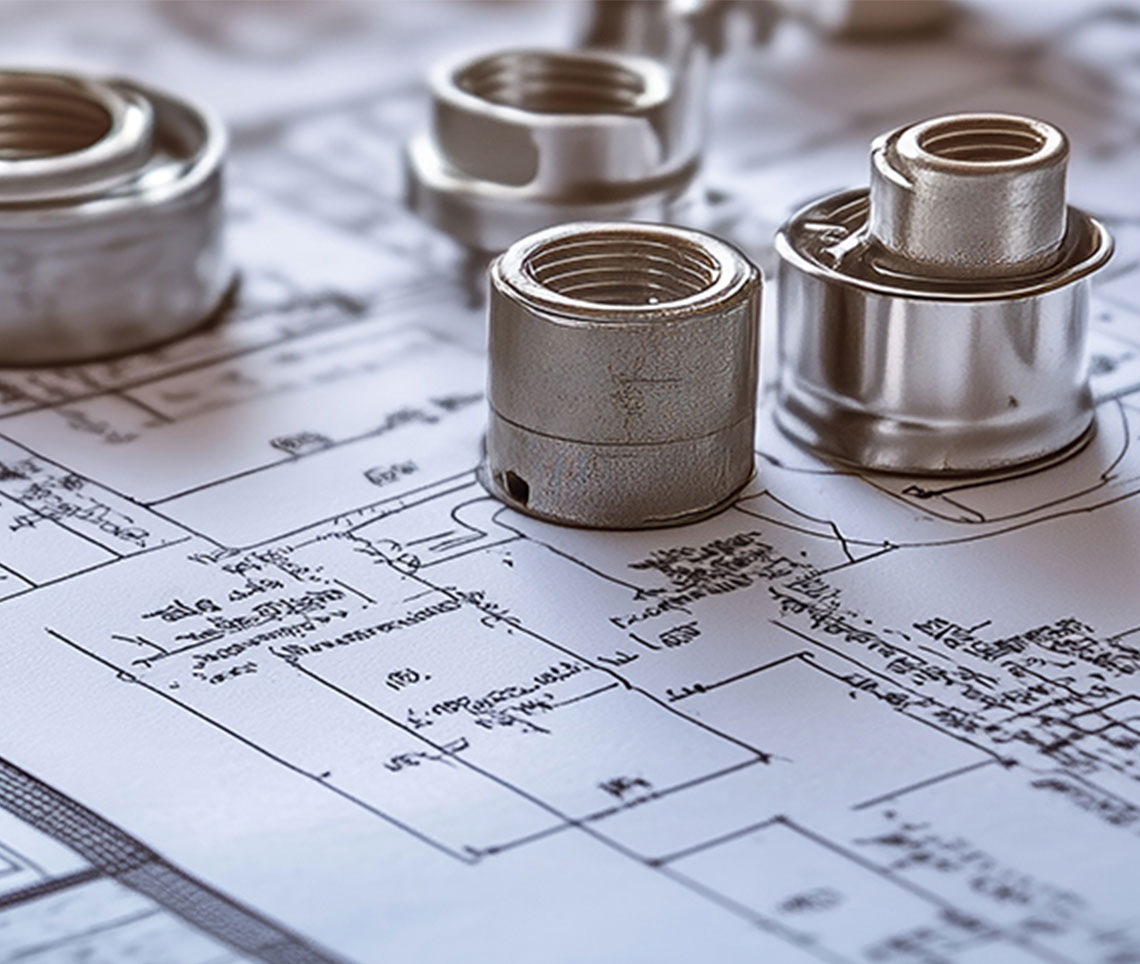How to measure CFM using the temperature rise method
December 1, 2013 Jeff Rosenblum
A number of years ago, when I first moved into my house, I noticed an issue with my AC unit. When we ran the AC, it would cool ok but it always seemed to be very muggy in the house. I decided to test the CFM of the AC and found out that I had close to 1500 CFM for a 2 ton AC. Knowing that a 2 ton AC only needs 800 CFM, I realized that we had too much air. The problem was that by having too much CFM, the air didn’t have enough time to be in contact with the coil. By slowing down the blower we were able to keep the air in contact with the coil longer therefore causing more condensation on the coil. By having the appropriate 800 CFM, I was able to make the house much more comfortable and reduce the cooling bill. Use the formula below with the blower in cooling speed and see how close your equipment is:
Gas Furnaces: BTU Output/Temp Rise x 1.08
Oil Furnaces: GPH x 140,000 x Efficiency/Temp Rise x 1.08
Electric Furnaces: Amps x Volts x 3.415/Temp Rise x 1.08
By using the appropriate method you can easily identify a lack of or overabundance of air. By changing the blower speed you can then match the appropriate CFM for the size air conditioner.
Matching CFM to air conditioner size can improve its dehumidification and its ability to cool properly. Keep in mind, that proper ductwork is also very crucial in proper operation.
Jeff Rosenblum
Technical Support
14 Years Industry Experience
Cell (330) 962-2491
[email protected]















